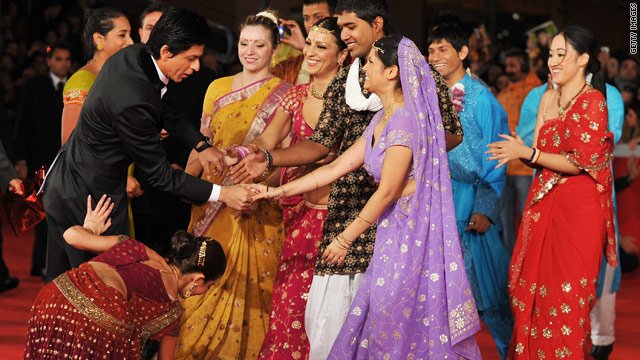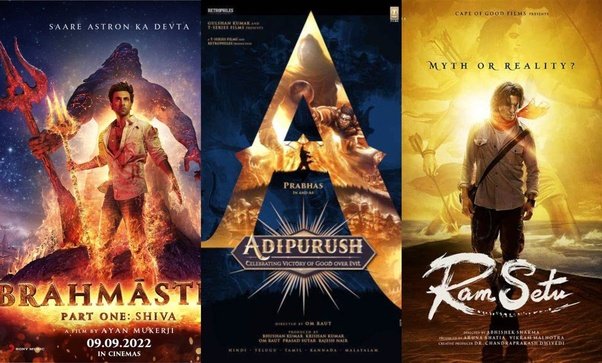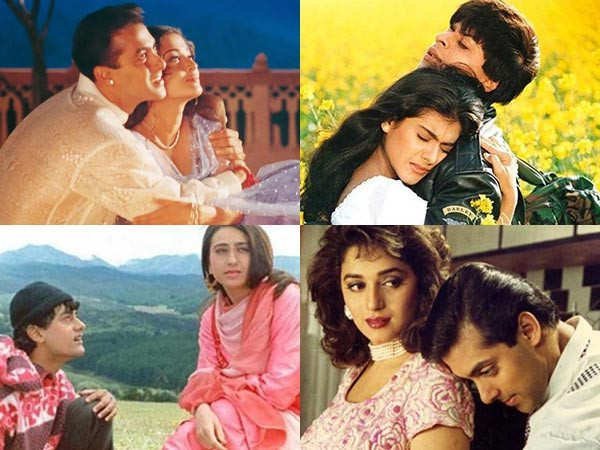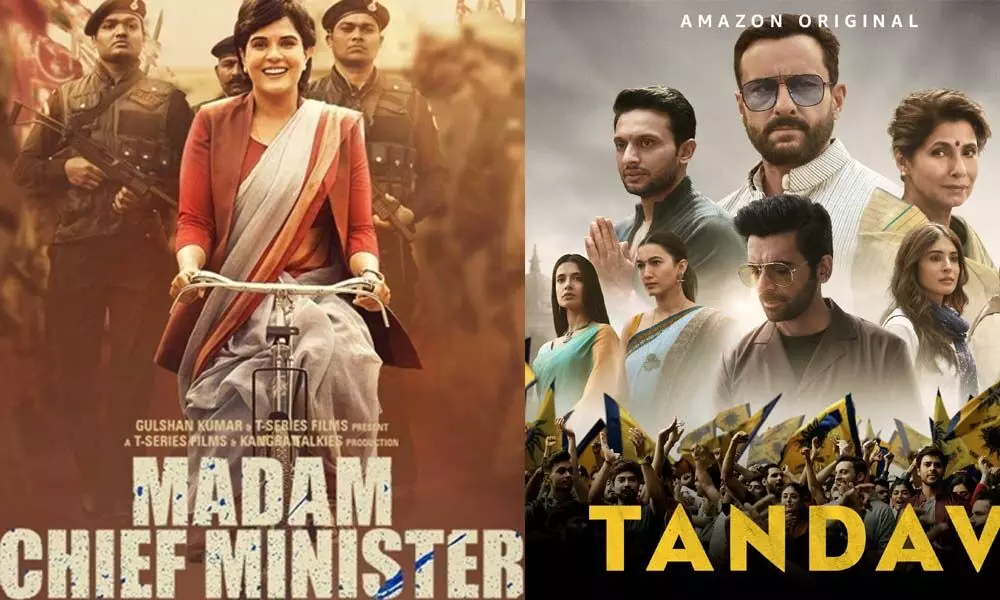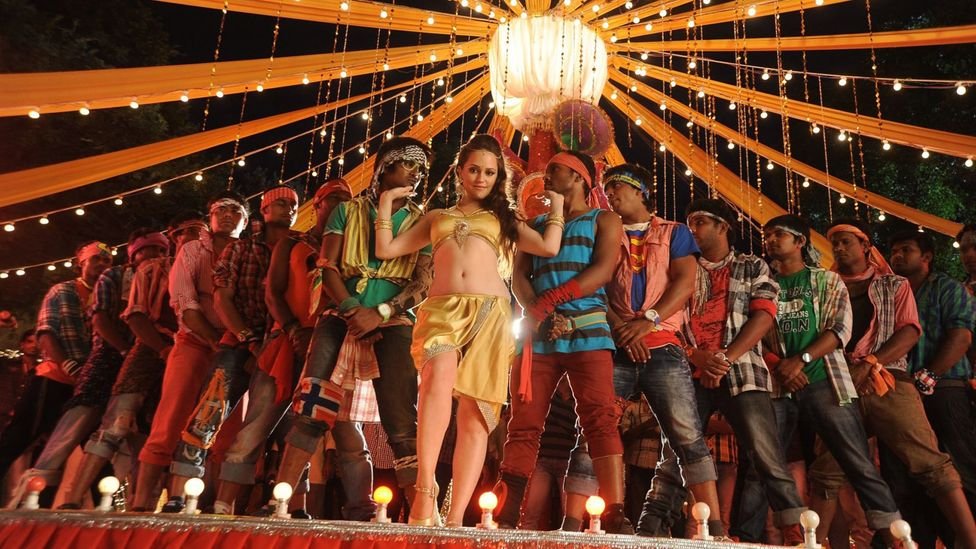Exploring the Genres of Indian Cinema
Indian cinema is renowned for its vibrant storytelling, diverse genres, and cultural richness. Over the decades, it has produced films spanning a wide range of genres, each contributing uniquely to the country’s cinematic landscape. From the emotional depth of drama to the thrill of horror, Indian cinema’s genres offer something for every viewer. This article … Read more


